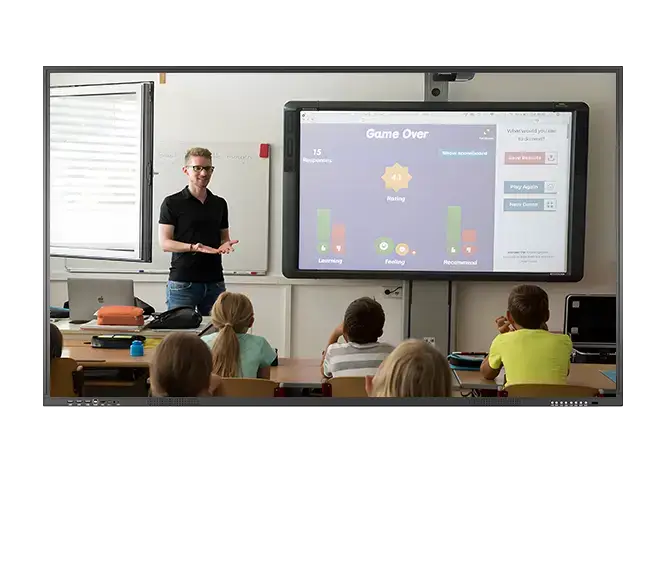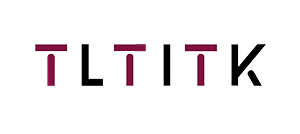Ошибка формата электронной почты
emailCannotEmpty
emailDoesExist
pwdLetterLimtTip
inconsistentPwd
pwdLetterLimtTip
inconsistentPwd

Новости
Здесь вы можете описать кусок текста, который хотите выразить

Interactive Whiteboards vs. Traditional Chalkboards: Why 50% of Schools Worldwide Are Upgrading
In recent years, schools around the world have been transitioning from traditional chalkboards to modern interactive whiteboards (IWBs). This shift is not just a trend but a response to the growing demand for improved educational tools. With about 50% of schools globally upgrading to IWBs, it's clear that these advanced tools offer numerous benefits. Let's explore why interactive whiteboards are quickly becoming the preferred choice.
1. Engagement and Interactivity
One of the key advantages of IWBs is their ability to foster greater student engagement. Unlike traditional chalkboards, which are passive and limited, interactive whiteboards allow for dynamic interactions. Teachers and students can touch the screen, manipulate objects, and access multimedia content. This interactivity helps maintain student attention, encourages participation, and makes learning more enjoyable.
2. Multimedia Integration
IWBs allow teachers to incorporate a variety of multimedia, including videos, animations, and interactive simulations, directly into lessons. This multimedia approach enhances understanding, particularly in complex subjects. By appealing to various learning styles—visual, auditory, and kinesthetic—interactive whiteboards cater to a broader range of students, helping them grasp concepts more effectively.
3. Collaboration and Communication
IWBs promote collaboration in the classroom. Students can work together on the same screen, solving problems, brainstorming ideas, or creating content as a team. This fosters a collaborative learning environment, encouraging teamwork and communication skills. Additionally, teachers can provide instant feedback and guide discussions more effectively through real-time interaction.
4. Remote Learning Compatibility
With the rise of remote and hybrid learning models, interactive whiteboards offer flexibility. Many IWBs are equipped with software that allows for seamless integration with online platforms, enabling students to participate in lessons from home. This feature is particularly beneficial in today's educational landscape, where online learning is becoming increasingly common.
5. Improved Teaching Efficiency
IWBs help teachers streamline their lesson planning and delivery. The ability to save, share, and revisit lessons makes lesson management much more efficient. Teachers can store notes, share resources with students, and even access pre-made lesson plans. This not only saves time but also allows for more personalized teaching methods, as teachers can adjust their lessons based on students' needs.
6. Sustainability and Cost-Effectiveness
While the initial investment in an interactive whiteboard may be higher than a traditional blackboard, IWBs can be more cost-effective in the long run. They reduce the need for physical materials like chalk, markers, and erasers, and they don’t wear out over time. Additionally, they offer a more sustainable approach to teaching by reducing waste and the use of disposable resources.
7. Future-Proofing Education
By adopting interactive whiteboards, schools are investing in the future of education. As technology continues to evolve, IWBs provide a foundation for integrating future advancements in educational technology. This helps schools stay relevant and prepare students for a digital world, where technology plays an increasingly significant role.
Conclusion
The shift from traditional chalkboards to interactive whiteboards represents more than just a technological upgrade; it's a transformation in how education is delivered. By enhancing student engagement, promoting collaboration, and integrating multimedia, interactive whiteboards are helping create more effective and dynamic learning environments. With the clear benefits they offer, it's no surprise that 50% of schools worldwide are making the switch, and this trend is likely to continue as education embraces the future.

